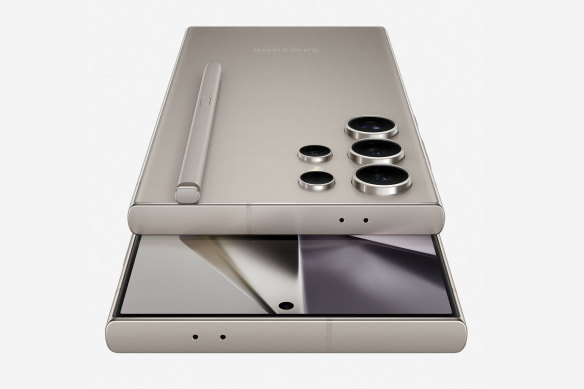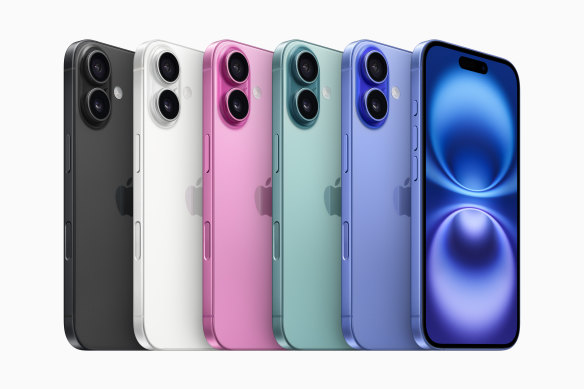
The Samsung Galaxy S24 Ultra is the ultimate flat-screen smartphone at a very high price.
Samsung Galaxy
Loading
I’m only considering the Galaxy S and Z models here, because if I included the less premium phones, there would be more Samsungs to weigh up than there would be Apples and Googles combined. The S24 is small(ish) and mighty, not quite matching up to the Pixel 9 Pro in most regards but also coming in cheaper. The S24+ is a similar thing but bigger, and with a beast of a battery. Meanwhile, the more recent S24 FE is like the 24+, but swapping in some less expensive parts in places like the display and camera to save you a few bucks.
On the Z side, this was a year of iteration for Samsung with both the Fold and the Flip feeling very familiar. Both are great foldable phones, but the company no longer has a monopoly on either form factor, and 2024 didn’t bring much wow factor to set them apart.
On the other hand, the Galaxy S24 Ultra is essentially the epitome of wow factor. Everything about it is excessive and extravagant and, though it’s tough to recommend to anyone at a starting price of $2200, its surplus of tech does actually translate to the ultimate smartphone experience – if top specs are your thing.
The massive 6.8-inch screen has a wildly high resolution that results in a category-beating sharpness of more than 500 pixels per inch, while the Snapdragon 8 Gen 3 chip inside is absolutely stacked when it comes to graphics or multitasking. A quadruple lens rear camera setup will get you anywhere between 1x and 10x zoom in great quality, the battery will last longer and charge faster than any other phone from the major manufacturers, and the Ultra still comes with the S Pen stylus which is unique, and handy both for note-taking or as a remote camera shutter.

The iPhone 16 Plus can do almost everything the Pro can do – and looks better doing it.
Apple iPhone
As usual, Apple really only released two iPhones this year, and though they each comes in medium or large, the big change is that there are technically four different sizes to consider this year. The iPhone 16 and 16 Plus stick with the standard iPhone sizes of 6.1 inches and 6.7 inches, while the Pro models have gone up to 6.3 and 6.9. Personally, my ideal size for a phone would be somewhere between those two Pro models; I feel like the regular iPhone is a touch on the small side, but the iPhone 13 Pro Max has crossed over into too-big territory.
Sizing aside, the standard and Pro models are quite similar this year, with the primary differences being an extra camera lens and slightly more processing power for the Pro, and undoubtably better paint jobs for the standards. All are very powerful and come with both the handy action button and the arguably less useful camera-control zone. The standard models are still denied a fast screen refresh or always-on display, which is a bit embarrassing given these are still priced as high-end phones, but from the new photographic styles to the upcoming Apple Intelligence, the standards can more or less do everything the Pro models can.
Loading
For that reason, I have to point to the iPhone 16 Plus as the overall best choice from this year’s line-up. It looks incredible in pink or teal, it takes fantastic photos if you can live without an optical zoom, it’s more or less the ideal size for a smartphone, and at $1600 it outperforms many other devices in its price range thanks to a brand new A18 chip.
The battery life on the iPhone 16 Plus is also better than any other 2024 Apple phone, which helps put it over the edge considering the 16 Pro is not that much smaller and only $200 more expensive. Apple’s new primary camera this year also takes very decent 2x zoom photos, though you’re not going to get the sharp 5x you get on the Pros.
Get news and reviews on technology, gadgets and gaming in our Technology newsletter every Friday. Sign up here.

